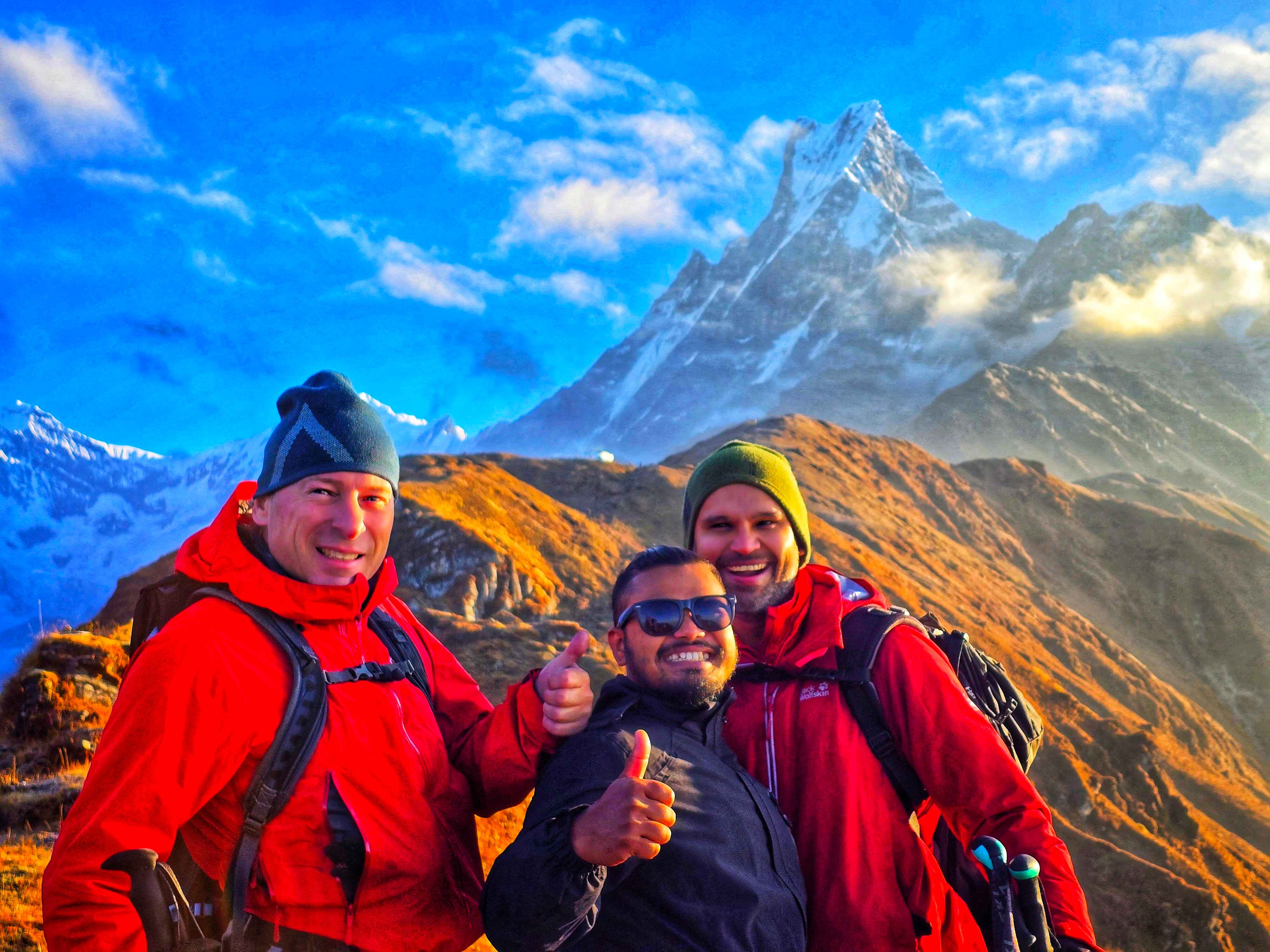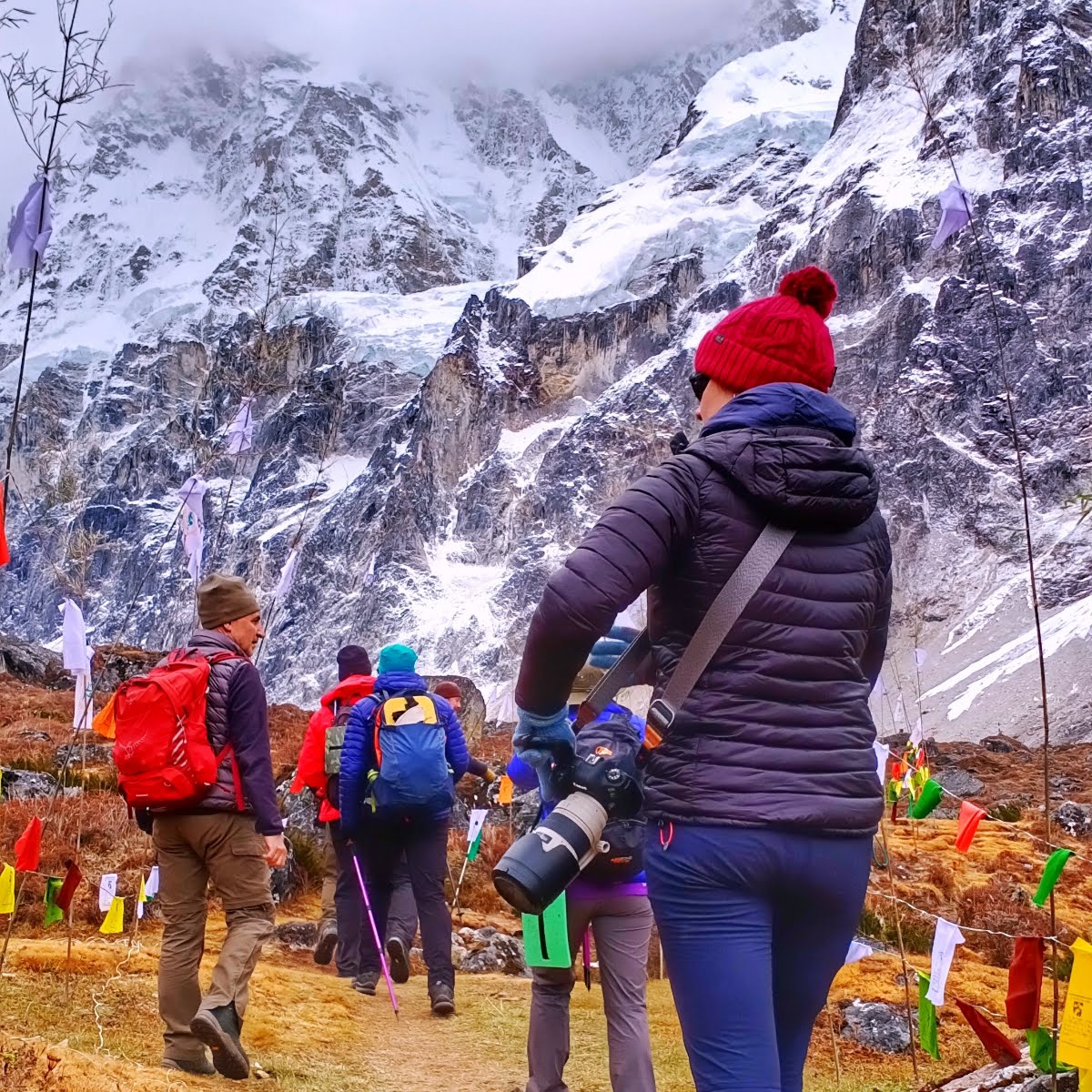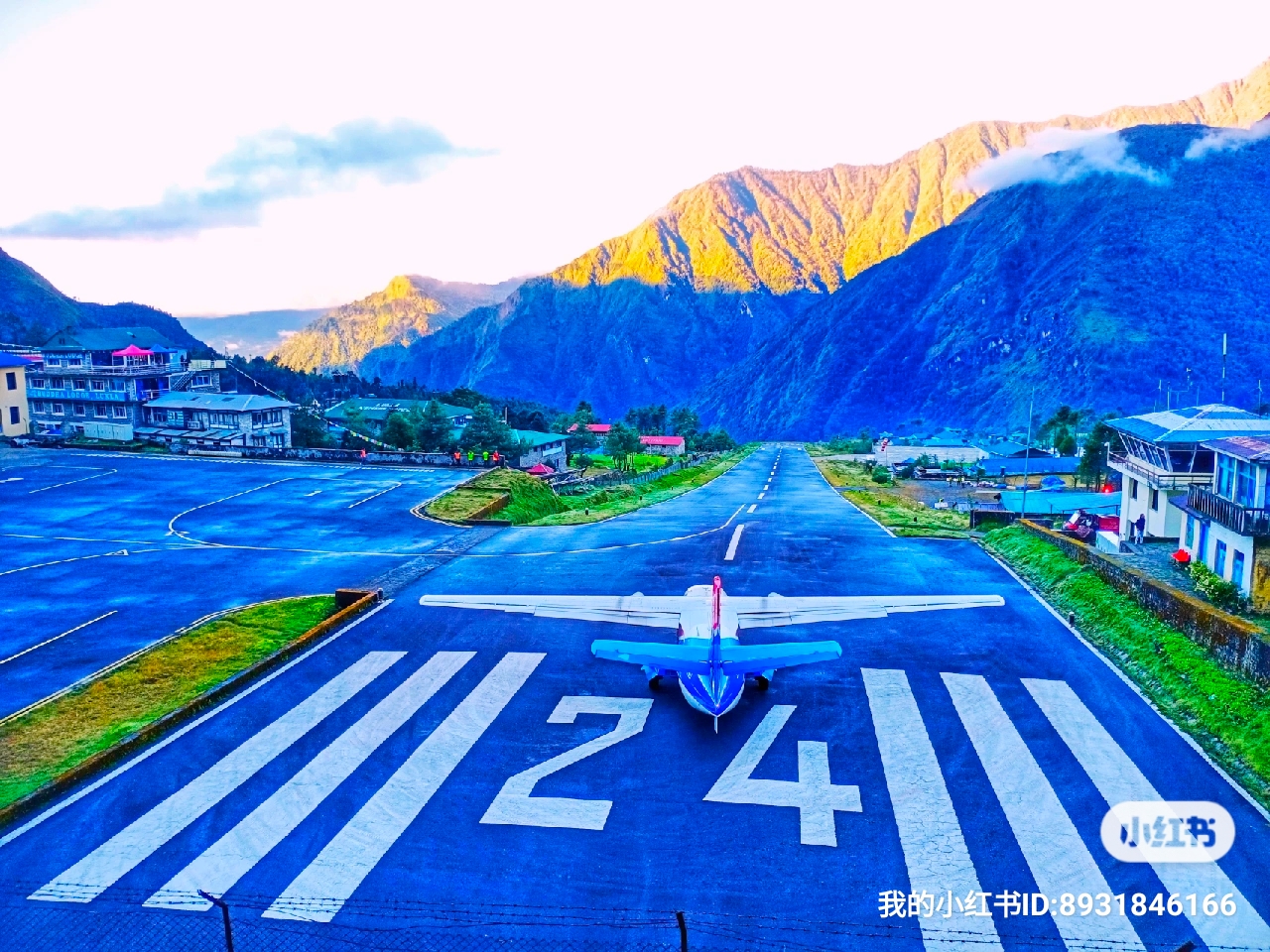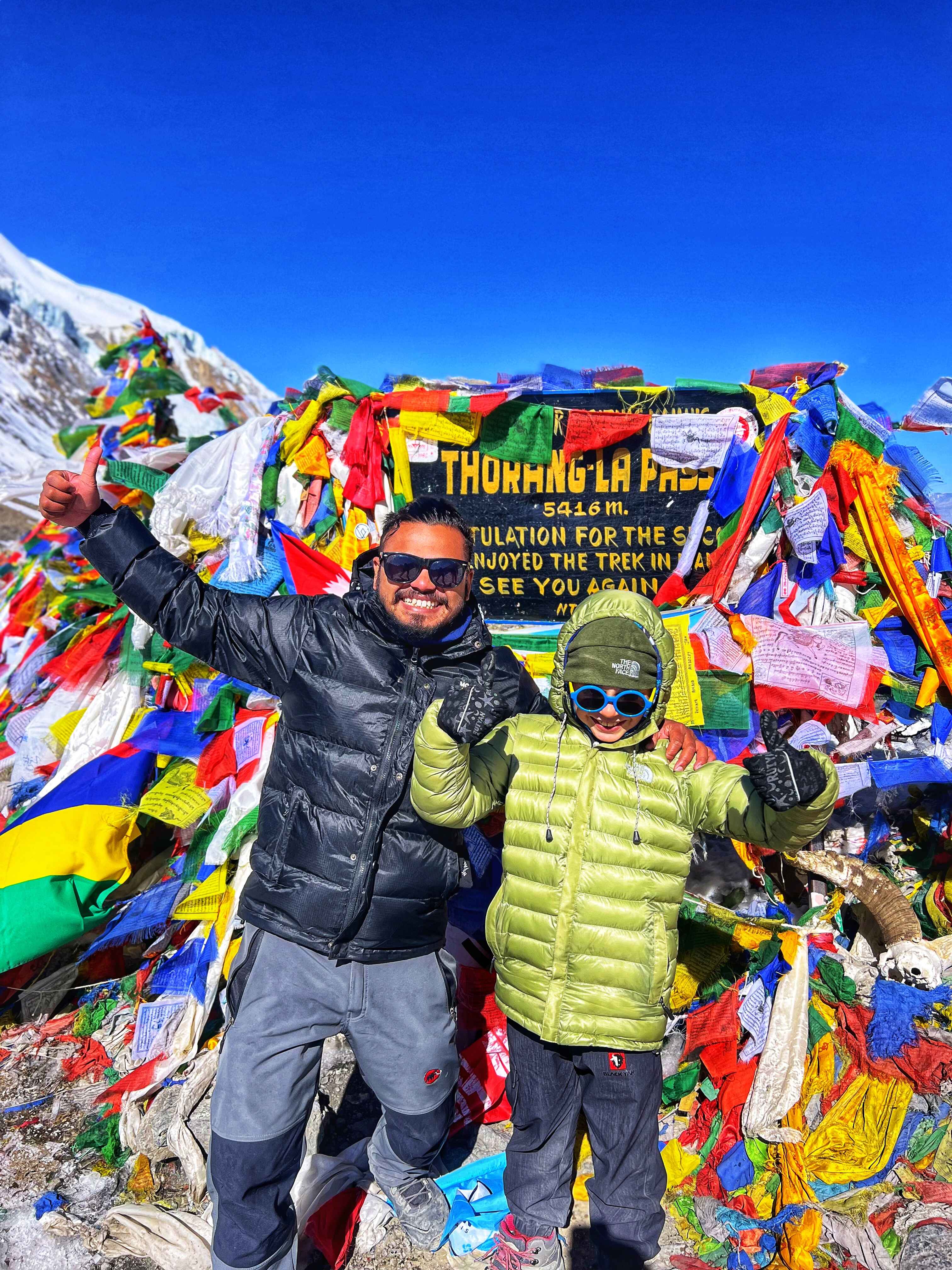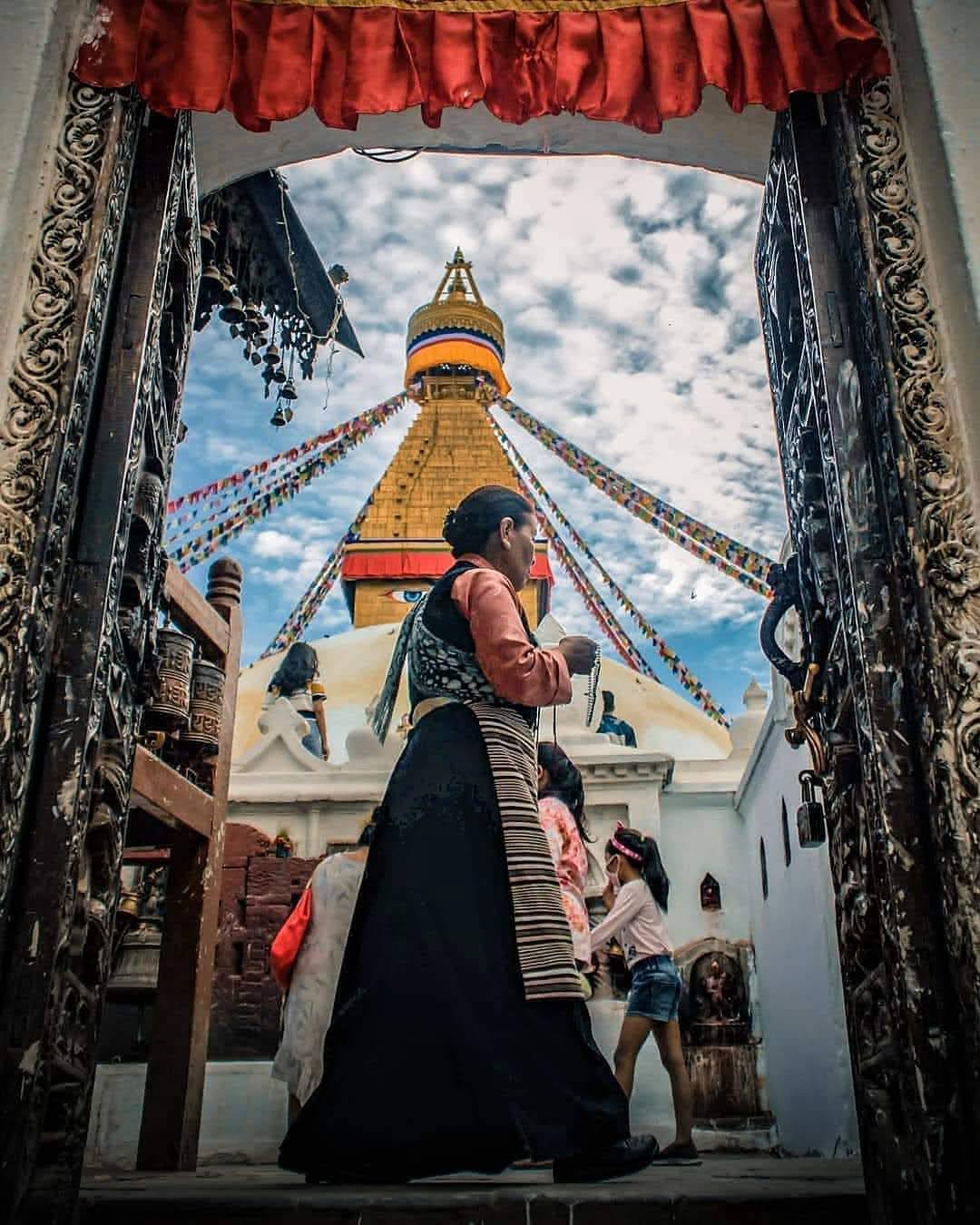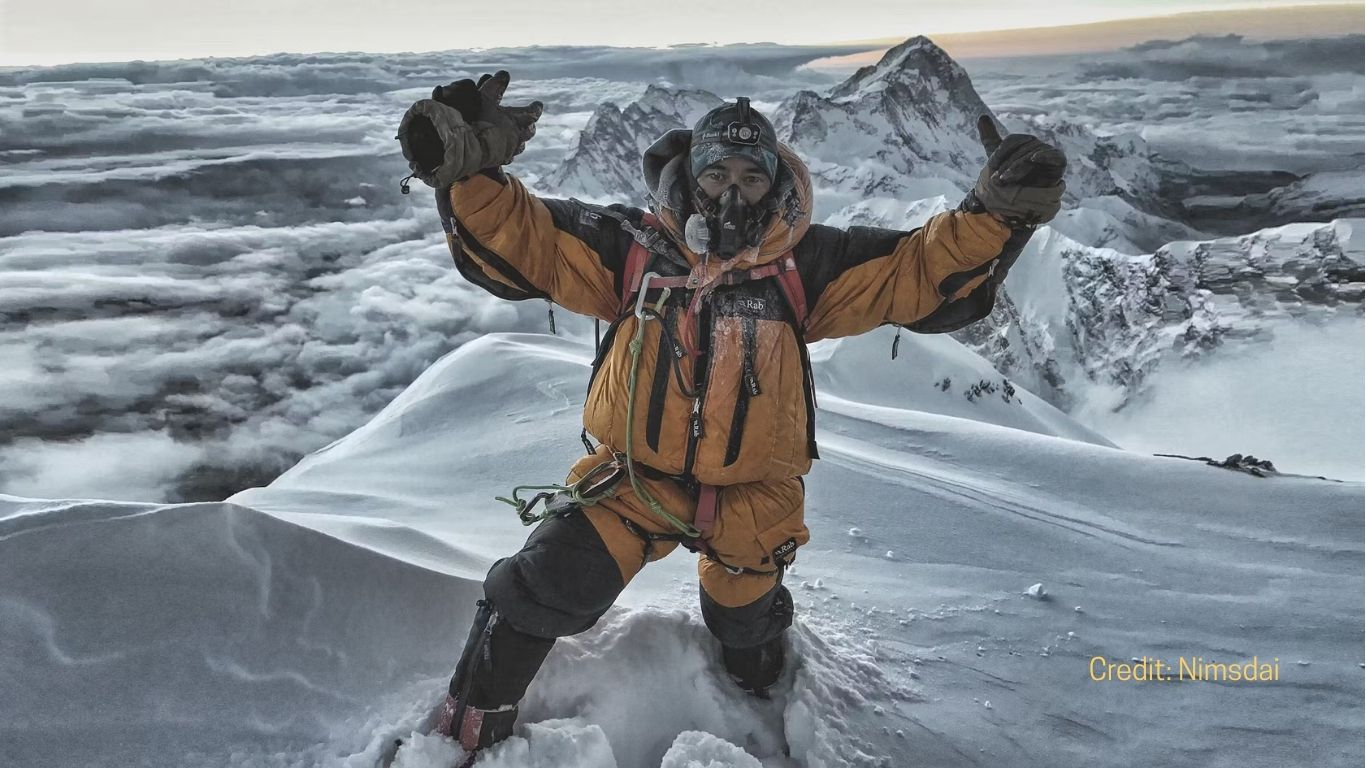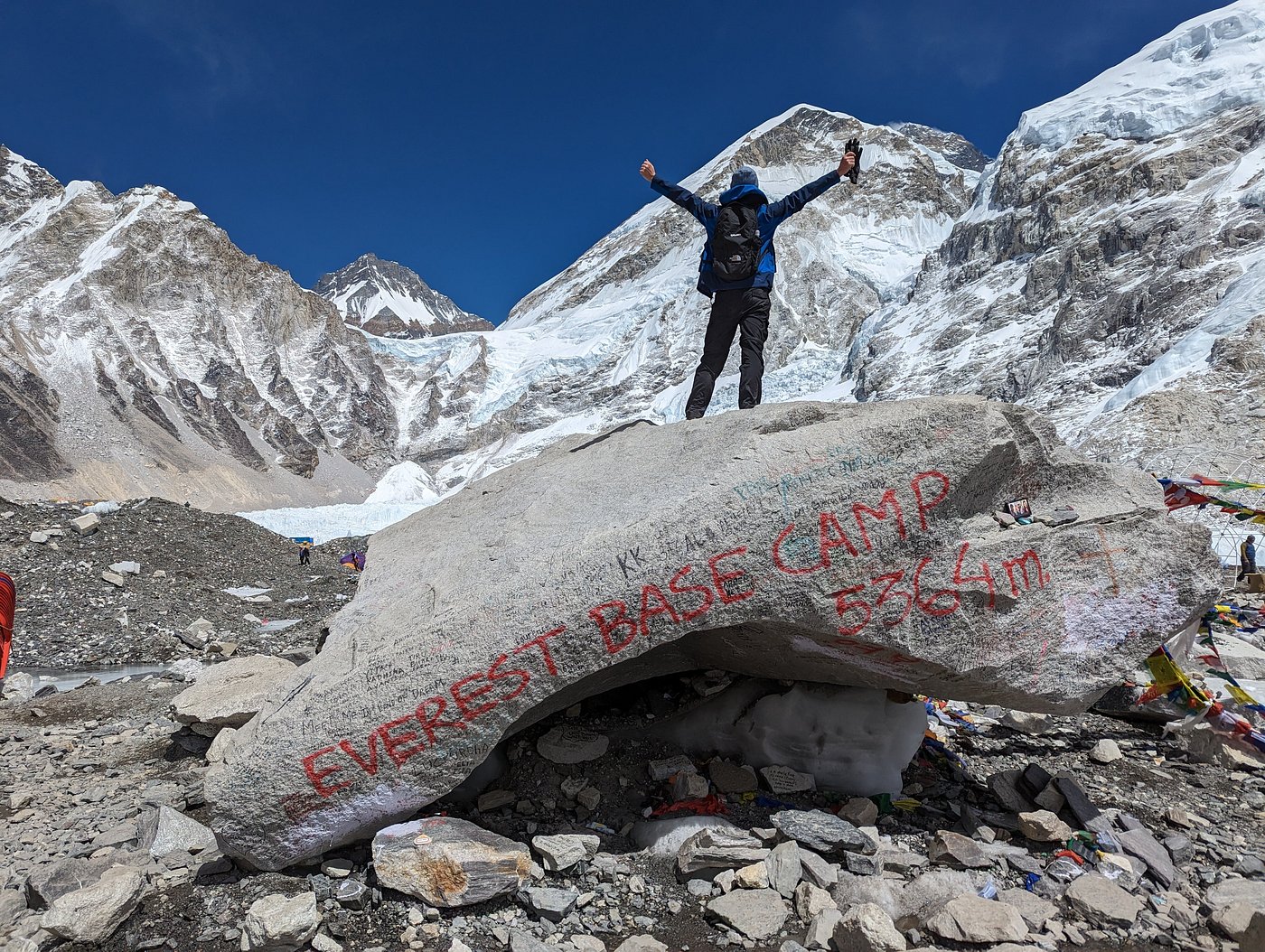
10 Things to Know Before You Trek to Everest Base Camp
11/08/2025
For most adventure lovers, standing at the foot of Mount Everest is a lifelong dream. As someone who’s been guiding treks in the Himalayas for over 12 years, I’ve seen this journey change people's lives. The Everest Base Camp Trek is not just about reaching 5,364 meters. It's about the stories you’ll collect, the people you’ll meet, the culture you’ll explore, and the views that will take your breath away (sometimes literally at the altitude!).
But before you head to Nepal, strap on your boots and start walking towards Everest Base Camp, there are some key things you should know:
1. Everest Base Camp Height & Elevation
Let's clear this up right away. The Everest Base Camp height is 5,364 meters (17,598 feet) above sea level. That’s higher than the tallest peak on most continents. At this altitude, oxygen levels drop to 50% of what you breathe at sea level. This means your body needs to adapt.
It's also worth noting that this is the South Base Camp in Nepal. There’s another base camp on the Tibetan side, and the height is 5,150 meters (16,900 feet). But most trekkers from around the world choose the Nepal route because it offers the classic multiple-day trekking experience through Sherpa villages and stunning passes.
Pro tip: Spend a few days in Kathmandu or Namche Bazaar to prepare mentally, check your gear, and start slow. The more gradual your climb, the better your body adjusts.
2. How Long to Walk to Everest Base Camp
The trek typically lasts 12–14 days, round-trip from Lukla. Here’s the standard breakdown:
- Days 1–2: Lukla (2,860 m) to Namche Bazaar (3,440 m) – includes an overnight in Phakding.
- Day 3: Acclimatization day in Namche Bazaar.
- Days 4–5: Namche to Tengboche (3,860 m) and then to Dingboche (4,410 m).
- Day 6: Acclimatization in Dingboche.
- Days 7–8: Dingboche to Lobuche (4,940 m) and then to Gorak Shep (5,164 m).
- Day 9: Trek to Everest Base Camp (5,364 m) and return to Gorak Shep.
- Days 10–12: Return to Lukla following the same route.
So, when you wonder “how long to walk Everest Base Camp”, remember it’s not just about covering kilometers. It’s about giving your body time to adapt and enjoying the journey.
3. Everest Base Camp Temperature & Weather
The Everest Base Camp temperature can surprise you because of its extreme variations. The Everest Base Camp weather changes quickly, and you could experience sunshine, snow, and wind – all in a single day. Here’s a seasonal temperature breakdown:
- Spring (March–May): Daytime: 5°C–15°C / Night: -5°C to -10°C.
- Autumn (September–November): Daytime: 0°C–12°C / Night: -10°C to -15°C.
- Winter (December–February): Daytime: -5°C to 5°C / Night: -15°C to -20°C.
- Monsoon (June–August): Daytime: 5°C–17°C with frequent rain and cloud cover.
The best trekking seasons are Spring for clear skies, warmer temperatures, and rhododendron blossoms, and Autumn for the best weather and mountain views.
4. How Many Base Camps Are on Everest?
There are two main base camps on Mount Everest. One is the South Base Camp, located in Nepal, and the other is the North Base Camp, located in Tibet. These camps are the starting points for the climbers to reach the summit. The South Base Camp is more popular and frequently visited base camp.
- South Base Camp (Nepal): Located at 5,364 meters (17,598 ft), the South Base Camp is the starting point for climbers from the Nepal side. It’s famous for its unbeatable views of the Khumbu Icefall and the surrounding other Himalayan giants. And it’s also the final stop on one of Nepal’s most legendary trekking routes, the Everest Base Camp Trek.
- North Base Camp (Tibet): Situated slightly at 5,150meters (16,900 ft), the North Base Camp offers a different perspective of Mount Everest from the Tibetan side. It’s accessible during certain times of the year, which makes it unique compared to Nepal’s trekking-only route.
Most trekkers choose the Nepal side because it’s culturally rich, with stunning passes and scenic trails.
5. Everest Base Camp Difficulty
Honestly, this is not a casual walk in the park. The Everest base camp trek is considered moderate to challenging. You don’t need technical climbing skills, but you do need a good fitness level, stamina, and mental grit. The toughest part isn’t just the long days of walking; it’s the altitude. The thin air can make even short uphill stretches feel like a workout.
Here’s what makes it challenging:
- Long days of walking (5–8 hours).
- Steep ascents and descents.
- High altitude with thin air.
- Cold nights in basic tea houses.
What makes it doable:
- No technical climbing is required.
- Trails are well-marked and used by locals.
- Porters can carry most of your gear.
- Proper acclimatization days are built into itineraries.
6. Everest Base Camp Trek Cost
The Everest Base Camp trek cost depends on how you want to travel:
- Budget treks: $1,200–$1,500 – Basic lodges, group treks, no frills (add-ons).
- Mid-range treks: $1,500–$2,500 – Comfortable tea houses, guided groups, better meals.
- Luxury treks: $3,000+ – Luxury lodges, private guides, helicopter return.
This includes permits (Sagarmatha National Park Entry & TIMS), Lukla flights, accommodation, meals, guide, porter, and sometimes gear rental.
7. Trash Management at Everest Base Camp
Everest Base Camp may be one of the most breathtaking places on Earth, but it’s also fragile. With thousands of trekkers, climbers, and porters visiting each year, waste management is a huge challenge. In the past, leftover food wrappers, empty oxygen bottles, and even climbing gear were left behind.
Today, things are improving, and thanks to stricter rules and coordinated clean-up efforts. The Sagarmatha Pollution Control Committee (SPCC) plays an important role in the waste management of Everest Base Camp. They manage waste bins along trekking routes, organize clean-up drives, and ensure climbers bring back their trash. Climbers attempting the summit from the Nepal side even pay a $4,000 garbage deposit, which they get back only if they return with at least 8kg of waste.
8. Best Time to Trek to Everest Base Camp
The best time to go to Everest Base Camp is:
- Spring (March–May): Mild temperatures, rhododendrons in bloom, stable conditions.
- Autumn (September–November): Crisp air, post-monsoon clarity, best mountain visibility.
Avoid the Monsoon (June – August) for safety reasons. Landslides, slippery trails, and poor views are common in this season. Winter treks are possible but require extra preparation for extreme cold.
9. Essential Tips for a Successful Trek
- Train in advance: Focus on cardio, leg strength, and long-distance walking.
- Acclimatize properly: Take rest days at Namche and Dingboche.
- Layer up: Temperatures can change quickly. Use moisture-wicking base layers, insulating mid-layers, and windproof outer layers.
- Stay hydrated: Drink 3–4 liters daily to reduce altitude sickness risk.
- Use trekking poles: They help on steep climbs and descents.
- Go with an experienced agency: They handle logistics, permits, and emergencies.
10. Trek with Nepal Boundary Trekking
If Everest Base Camp is on your list, Nepal Boundary Trekking is here to guide you every step of the way. With seasoned guides, safety-first practices, and personalized itineraries, we make your trek not just a challenge, but a memory you’ll cherish forever.
We’ll handle everything: permits, flights, accommodations, and cultural insights you won’t find in guidebooks. All you need to bring is your adventurous spirit.
Book your Everest Base Camp Trek with Nepal Boundary Trekking today, and let’s make your dream journey a reality.
Frequently Asked Questions (FAQs):
Q: Is Everest Base Camp the top of Everest?
A: No, Everest Base Camp is not the top of Mount Everest. It is a staging area at the foot of the mountain where climbers acclimatize and prepare for the ascent. The summit of Mount Everest is 8,848 meters (29,029 feet) above sea level, much higher than the Base Camp, which sits at around 5,364 meters (17,598 feet) on the south side in Nepal.
Q: What is the cost of trekking to Everest Base Camp?
A: The cost of trekking to Everest Base Camp varies from $800 to over $3,000 per person, depending on whether you choose a budget, standard, or luxury trek. Costs usually include permits, guides, accommodation, and some meals, but personal expenses are extra.
Q: What is the elevation of Everest Base Camp?
A: Everest Base Camp sits at an elevation of approximately 5,364 meters (17,598 feet) on the south side in Nepal.
Q: How long does it take to hike to Everest Base Camp?
A: Trekking to Everest Base Camp typically takes 12–14 days from Lukla, including acclimatization days to adjust to the high altitude and ensure a safe journey.
Q: How tough is the Everest Base Camp trek?
A: The Everest Base Camp trek is moderately to highly challenging. It involves long daily hikes at high altitudes, uneven terrain, and unpredictable weather. While technical climbing skills aren’t required, good physical fitness, stamina, and proper acclimatization are essential to complete the trek safely.

